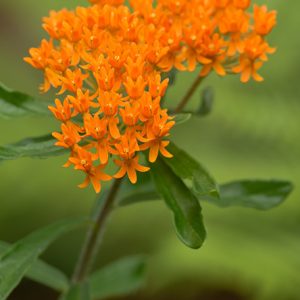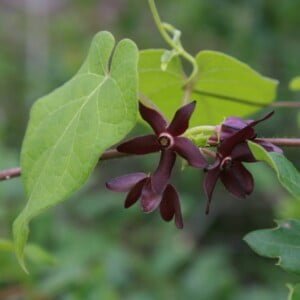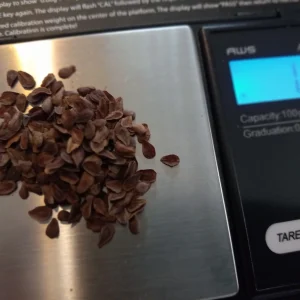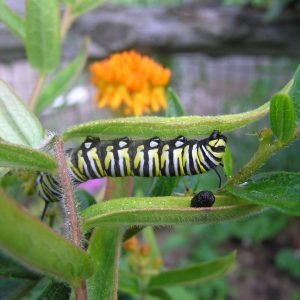25 Green Antelopehorn Seeds (Asclepias viridis)
$4.00
Known for its greenish-yellow flowers and broad, wavy leaves, this milkweed species is a stunning addition to any garden or restoration project aimed at supporting native wildlife. USDA Zones 4-9.
24 in stock (can be backordered)
Description
Johnny Butterflyseed’s Green Antelopehorn Seeds (Asclepias viridis)
Description: Green Antelopehorn (Asclepias viridis) is a hardy, perennial milkweed native to the central and southern United States. Known for its greenish-yellow flowers and broad, wavy leaves, this milkweed species is a stunning addition to any garden or restoration project aimed at supporting native wildlife. Also known as “Spider Milkweed,” the flowers bloom from spring to early summer, providing a unique aesthetic and valuable habitat for local ecosystems.
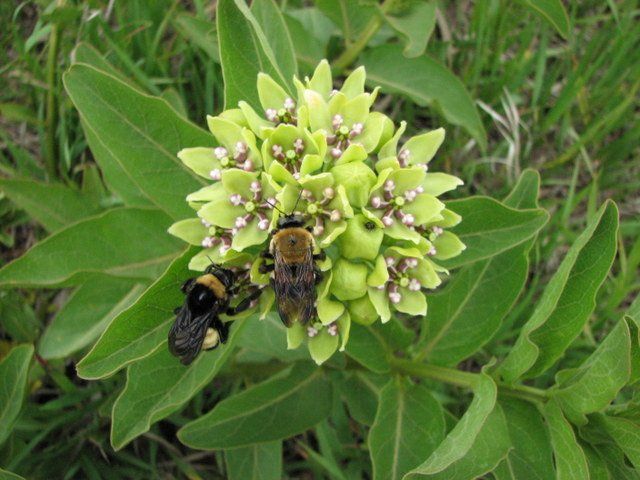
Value to Butterflies and Other Pollinators: Green Antelopehorn is an essential host plant for the Monarch butterfly (Danaus plexippus), providing critical habitat and food for Monarch caterpillars. In addition to Monarchs, its nectar-rich flowers attract a wide variety of pollinators, including bees, other butterfly species, and beneficial insects. By planting Asclepias viridis, you’re supporting the entire pollinator network, contributing to the preservation of these vital species.
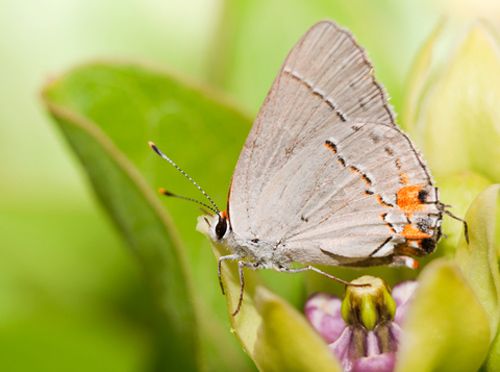
USDA Range: This milkweed species is native to a wide range of the United States, primarily in USDA Zones 4-9. It is commonly found in prairies, open woodlands, and along roadsides from the Midwest to the Southeastern United States. It thrives in well-drained soils, including sandy, rocky, or loamy substrates, and is drought-tolerant once established.
Ecology: Green Antelopehorn plays a critical role in its native habitats by providing food and habitat for a diverse range of pollinators. Its deep taproot system helps stabilize soil, making it an excellent choice for erosion control and habitat restoration projects. The plant prefers full sun to partial shade and can thrive in disturbed sites, making it a resilient addition to natural landscapes and garden settings alike.
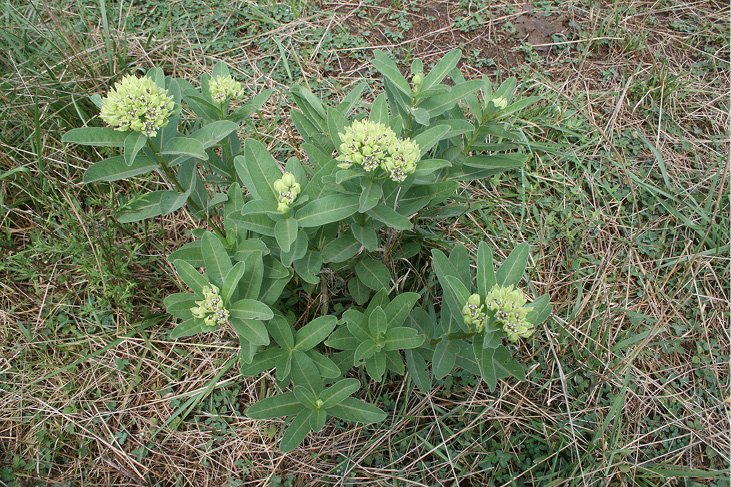
Seed Germination Instructions:
- Seed Preparation: Green Antelopehorn seeds require cold stratification to break dormancy. To stratify, mix the seeds with moist sand or vermiculite and place them in a sealed plastic bag in the refrigerator for 30-60 days.
- Sowing: After stratification, sow the seeds directly outdoors in the spring or fall, planting them at a depth of 1/4 inch in well-drained soil. If sowing indoors, use a seed-starting mix in pots or trays, maintaining a soil temperature of 70-75°F.
- Light and Water: Provide plenty of light (full sun) and keep the soil consistently moist but not waterlogged during germination. Seeds typically germinate within 10-20 days under optimal conditions.
- Transplanting: Once seedlings are large enough to handle, transplant them to their permanent location, spacing them 12-18 inches apart. Green Antelopehorn prefers sunny spots with well-drained soils and is drought-tolerant once established.
By planting Green Antelopehorn, you are not only beautifying your landscape but also contributing to the conservation of Monarch butterflies and other pollinators. Embrace the role of Johnny Butterflyseed by spreading these seeds and helping to sustain our precious pollinator populations.


